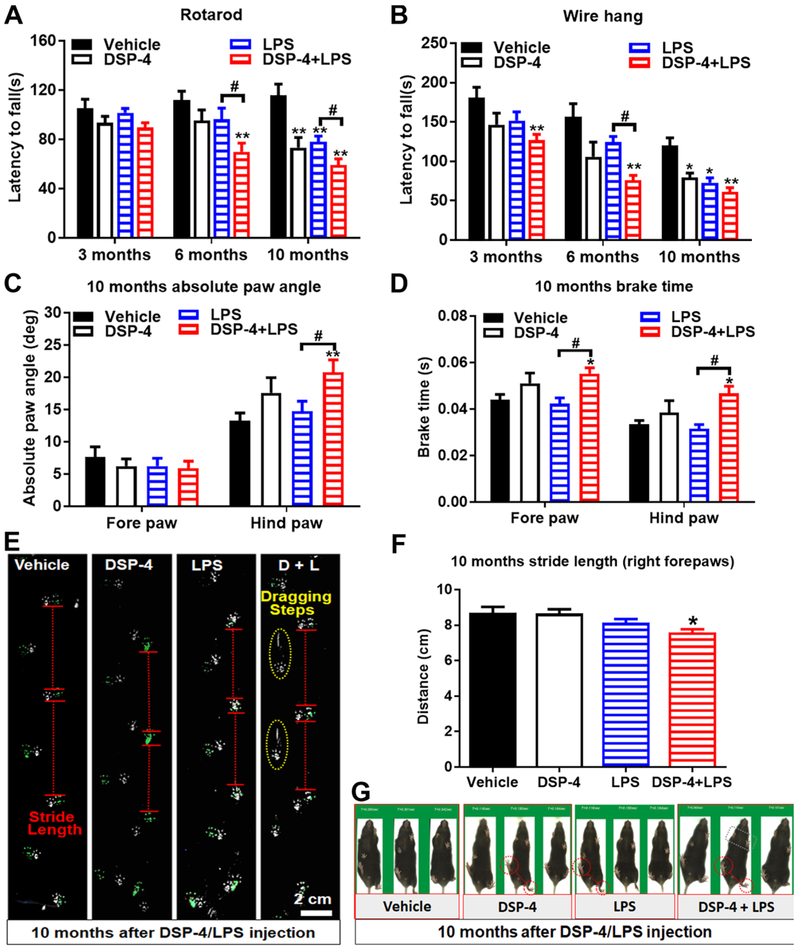Fig. 10. DSP-4 treatment accelerates appearance of motor symptoms in LPS-treated mice.
Male C57BL/6J mice received a single injection of DSP-4 (50 mg/kg, i.p.), followed by LPS (15×106 EU/kg, i.p.) treatment one week later. 3, 6 and 10 months following LPS injection, corresponding motor behaviors were tested. (A) Examination of motor function by the rotarod test. Time spent balanced on top of the rotating rod (latency) was measured across six test trials for indicated treated mice. Significant differences between “two-hit” mice and LPS-treated mice were observed. Two-way ANOVA, treatment x time interaction, F(6,111)=1.996, p=0.0722; effect of time, F(2,111)=9.836, p=0.0001; effect of treatment, F(3,111)=12.07, p<0.0001. (B) Wire hang test. Error bars are expressed as means ± SEM, n=8-10. Two-way ANOVA, treatment x time interaction, F(6,113)=0.9446, p=0.4662; effect of time, F(2,113)=16.22, p<0.0001; effect of treatment, F(3,113)=8.646, p<0.0001. (C-D) Examination of absolute paw angle, [treatment x paw interaction, F(3,71)=3.5, p=0.0198; effect of paw, F(1,71)=74.53, p<0.0001] (C) and brake time, [effect of paw, F(1,66)=23.2, p<0.0001; effect of treatment, F(3,66)=9.361, p<0.0001] (D) in gait analysis by using DigiGait system. Data were analyzed by two-way ANOVA. Error bars are expressed as means ± SEM, n=8-10. *p<0.05, **p<0.01 compare with age-matched vehicle controls. #p<0.05 compare with LPS-alone group. The unforced moving gait analysis system also showed shorter mean stride lengths variability, [F: one-way ANOVA, F(3,21)=4.227, p=0.0174] (E-G), duck flippers feet (E and G), dragging steps (E), and twisted walking track (E and G) in the “two-hit” mice 10 months after treatments.

